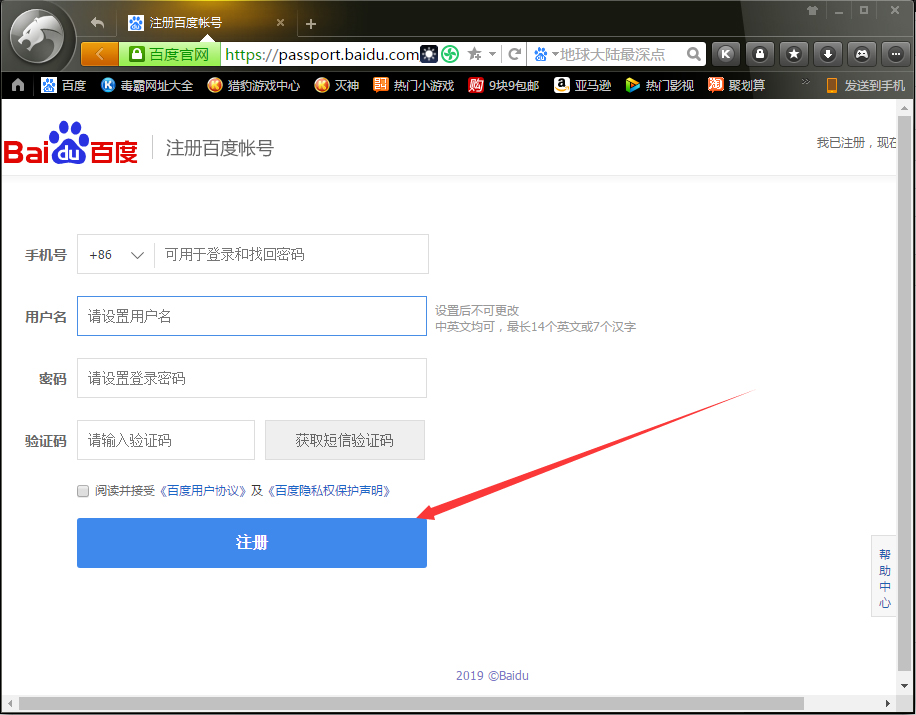下面是一个简单的 HTML 注册和登录页面的设计示例。请注意,这只是一个基本的示例,不包含任何后端代码或验证。在实际应用中,您可能需要添加更多的功能和安全性措施。

HTML 代码:
<!DOCTYPE html>
<html>
<head>
<title>注册和登录页面</title>
<style>
body {
font-family: Arial, sans-serif;
}
.container {
width: 300px;
margin: 0 auto;
padding: 20px;
border: 1px solid #ccc;
border-radius: 5px;
}
h2 {
text-align: center;
}
label {
display: block;
margin-bottom: 10px;
}
input[type="text"], input[type="password"] {
width: 100%;
padding: 10px;
border-radius: 5px;
border: 1px solid #ccc;
}
input[type="submit"] {
width: 100%;
background-color: #4CAF50;
color: white;
padding: 10px;
border: none;
border-radius: 5px;
cursor: pointer;
}
input[type="submit"]:hover {
background-color: #45a049;
}
</style>
</head>
<body>
<div class="container">
<h2>注册</h2>
<form action="/register" method="post">
<label for="username">用户名:</label><br>
<input type="text" id="username" name="username" required><br>
<label for="password">密码:</label><br>
<input type="password" id="password" name="password" required><br>
<input type="submit" value="注册">
</form>
<h2>登录</h2>
<form action="/login" method="post">
<label for="username">用户名:</label><br>
<input type="text" id="username" name="username" required><br>
<label for="password">密码:</label><br>
<input type="password" id="password" name="password" required><br>
<input type="submit" value="登录">
</form>
</div> <!-- End of container -->
</body> <!-- End of body -->
</html> <!-- End of HTML --> ```在这个示例中,我们创建了一个简单的注册和登录页面,其中包含两个表单,每个表单都有一个文本输入框用于输入用户名和密码,以及一个提交按钮用于提交表单,这个示例中的表单没有实际的提交目标(action),在实际应用中,你需要将其指向适当的后端处理逻辑,这个示例也没有包含任何前端验证或后端处理逻辑,你需要根据实际需求进行添加。




